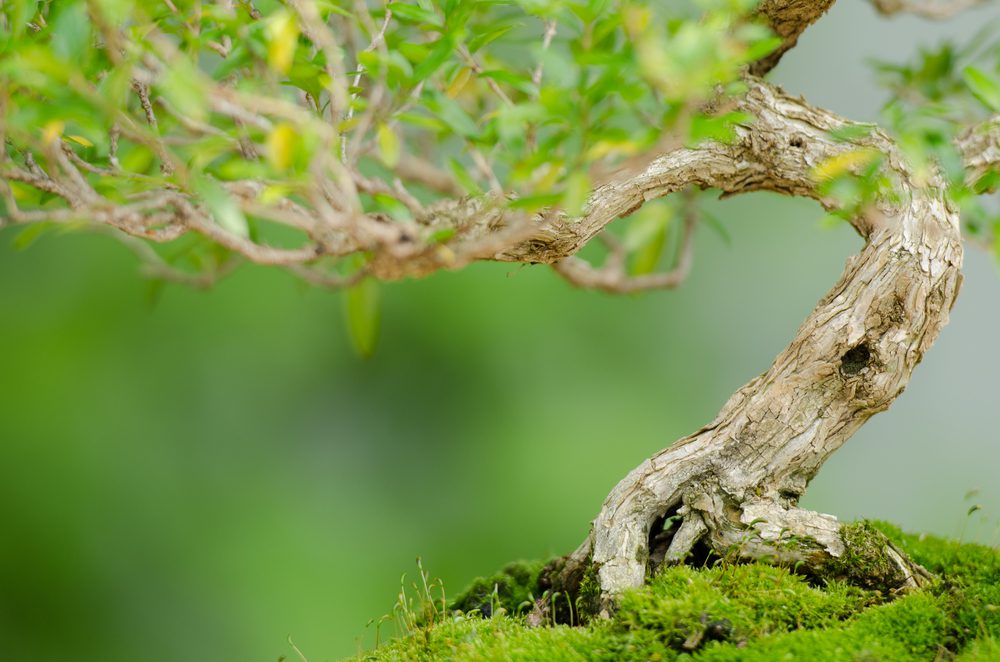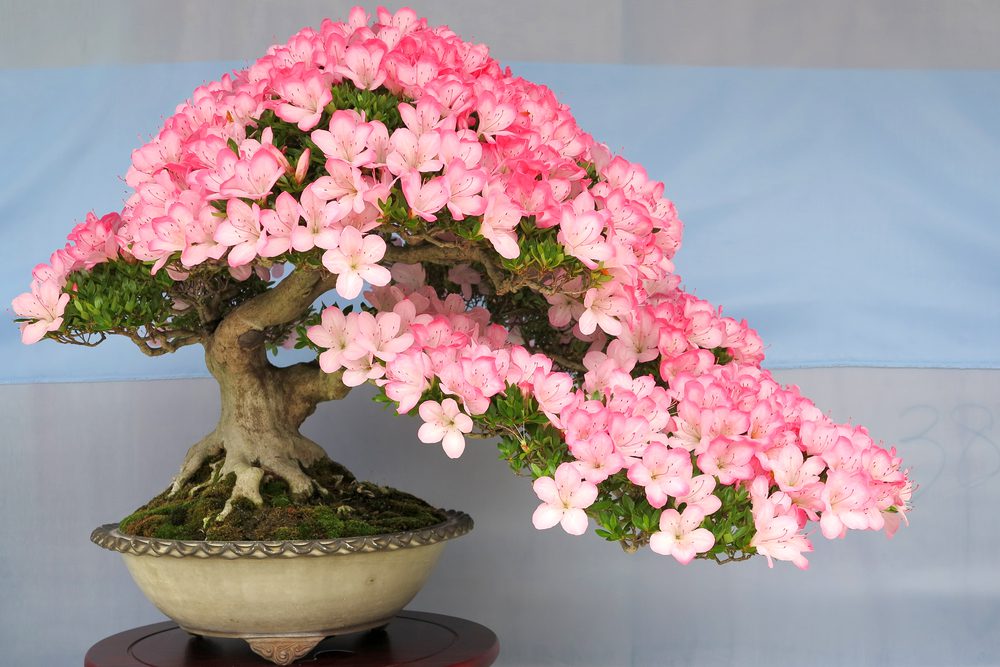Long ago, deep within the mountains of China, the first ‘dwarfed’ trees were discovered. Those who found them were fascinated by the unique aged and gnarled appearance. At the time, Taoists believed that miniaturized recreations of nature were sacred and endowed with a magical energy. The Chinese began to develop pruning and binding techniques to give the trees their aged appearance.

Some historians believe the Chinese were shaping the trees to mimic the bodies of dragons and serpents while others believe the trees were meant to be shaped like yoga positions. At the time, they were called Penzai trees and, though they likely existed long before, their first documented appearance was painted in the tomb of Prince Zhang Hai.
When Chinese monks began to migrate to Japan, the trees went with them. The Japanese became fascinated by them and began to develop their own techniques for growing and shaping the trees, eventually renaming them Bonsai trees.
 The trees require two to twenty years of masterful cultivation to achieve the correct look. At the time, the Japanese had a technique of twisting the roots and using bamboo and wire to achieve the desired shape. There was burning and cutting…they’d even use tree sap to entice termites to feed on certain areas to further shape the tree.
The trees require two to twenty years of masterful cultivation to achieve the correct look. At the time, the Japanese had a technique of twisting the roots and using bamboo and wire to achieve the desired shape. There was burning and cutting…they’d even use tree sap to entice termites to feed on certain areas to further shape the tree.
Techniques modernized as the tree spread through western culture, eventually leading to mass production. Though there are now over a dozen different styles of the bonsai tree, it continues to hold both cultural heritage and symbolism deep within its roots.







